Learn About Dehradun's Rich History & Heritage
Dehradun, the capital of Uttarakhand, is a city with a history that spans mythology, colonial rule, and spiritual evolution. Nestled in the Doon Valley, it has witnessed the rise and fall of kingdoms, the march of the British Empire, and the emergence of modern India. Today, its architecture, temples, monasteries, and institutions echo its layered past.
According to Hindu mythology, the city is believed to have been founded by Guru Dronacharya, the royal teacher of the Pandavas and Kauravas. The name 'Dehradun' is said to be derived from the term 'Dera' (camp) and 'Dun' (valley), tracing back to when Guru Ram Rai, son of the seventh Sikh Guru, Guru Har Rai, established his dera here in the 17th century. His followers built the iconic Guru Ram Rai Darbar Sahib, one of the oldest religious sites in the city.
Dehradun’s strategic location made it significant during the British colonial era. It was developed as an educational and military hub, and institutions like the Forest Research Institute (FRI), Doon School, and Indian Military Academy (IMA) were established. The magnificent Greco-Roman architecture of FRI is still a major tourist attraction and cinematic location.
Another testament to its diverse heritage is the Mindrolling Monastery in Clement Town, founded by Tibetan refugees in 1965. It’s one of the largest Buddhist centers in India, featuring a 60-meter stupa and peaceful gardens that reflect the spiritual calm of the region.
Walking through the old parts of Dehradun—like Paltan Bazaar and Clock Tower (Ghanta Ghar)—you’ll encounter colonial buildings, traditional markets, and cultural fusion. Museums like the Zonal Anthropological Museum and Wadia Institute of Himalayan Geology also offer a glimpse into the region's natural and human history.
Today, Dehradun remains a blend of the old and new. Its legacy is not only preserved in stone and script but also in the traditions, food, and festivals of its people. For travelers and history enthusiasts, Dehradun is more than a stopover—it's a living archive of North Indian heritage.
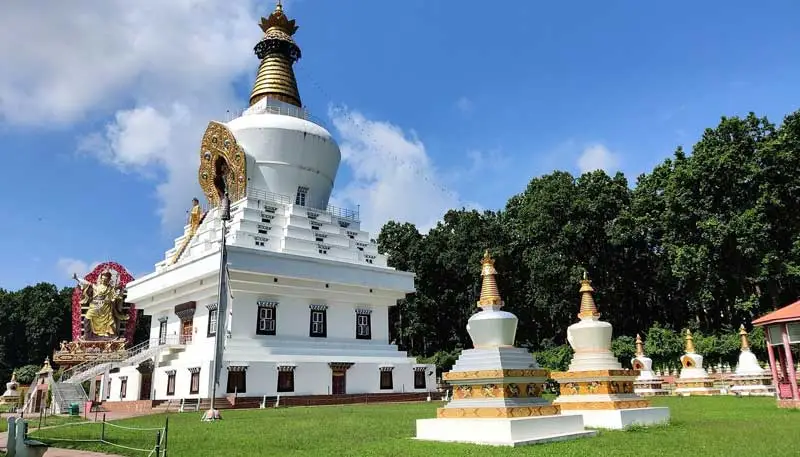

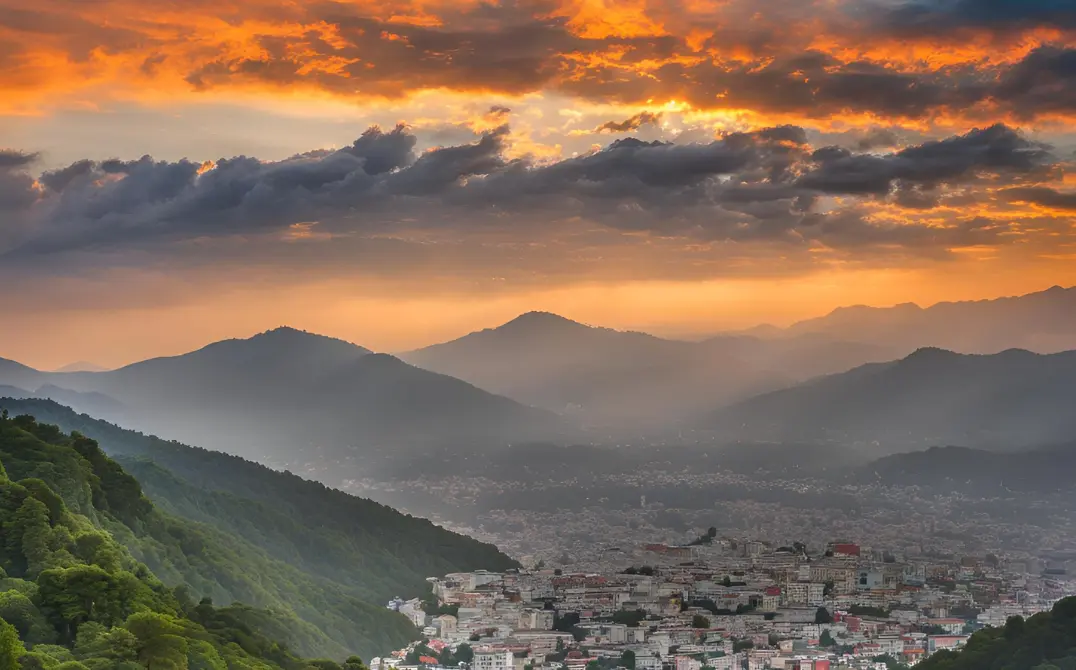
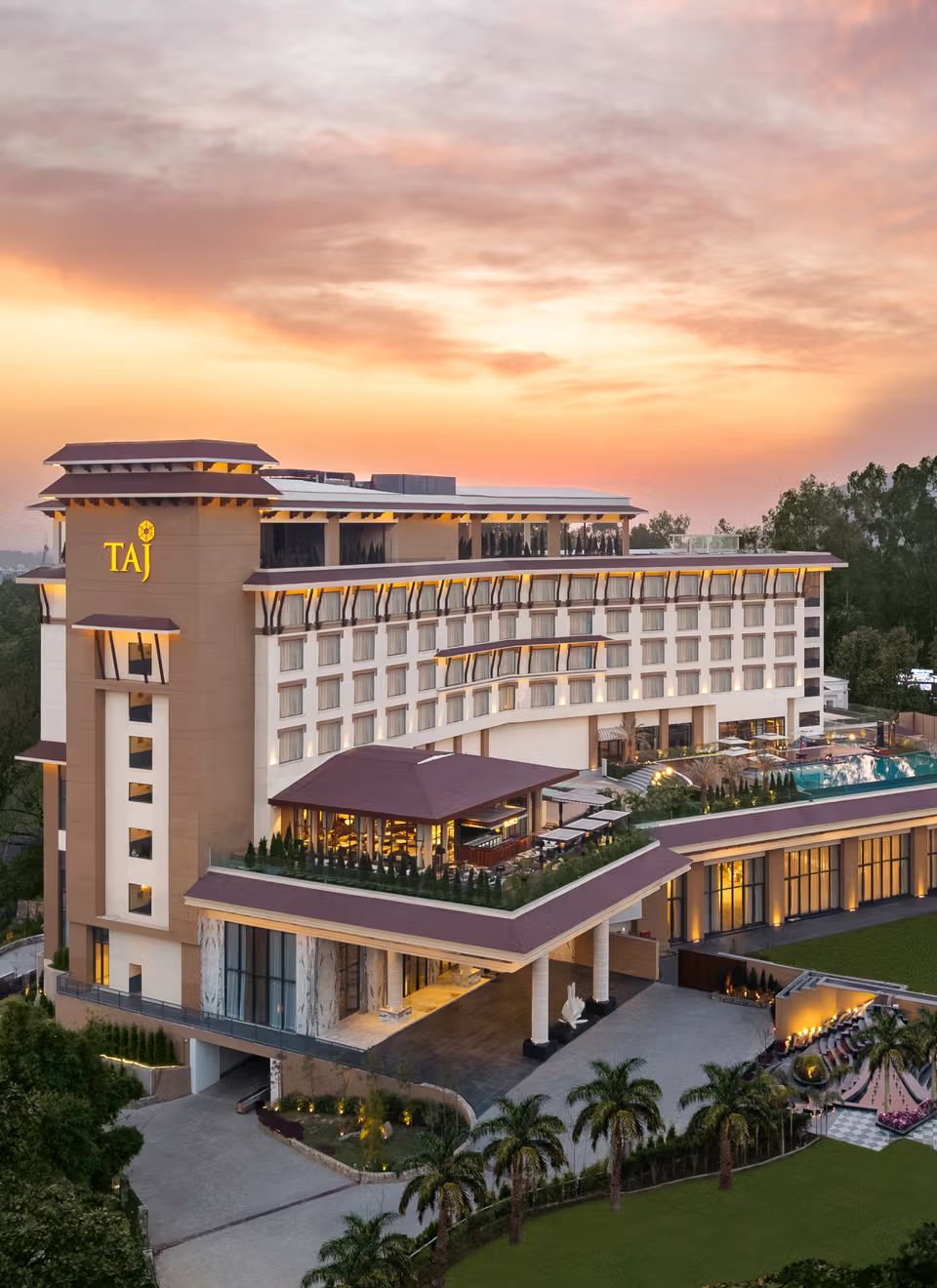 The Taj Mahal Hotel, Dehradun
The Taj Mahal Hotel, Dehradun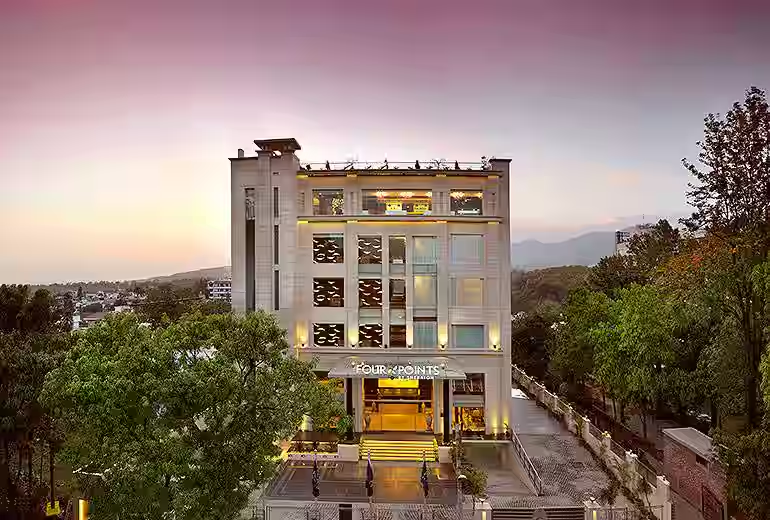 Four Points by Sheraton Dehradun
Four Points by Sheraton Dehradun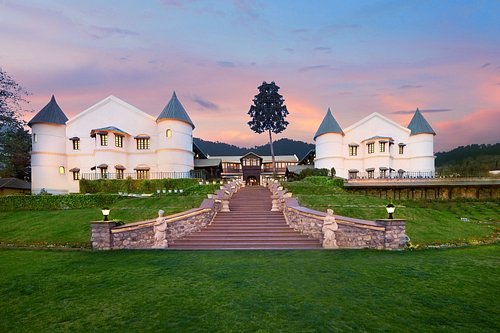 Welcomhotel by ITC Hotels
Welcomhotel by ITC Hotels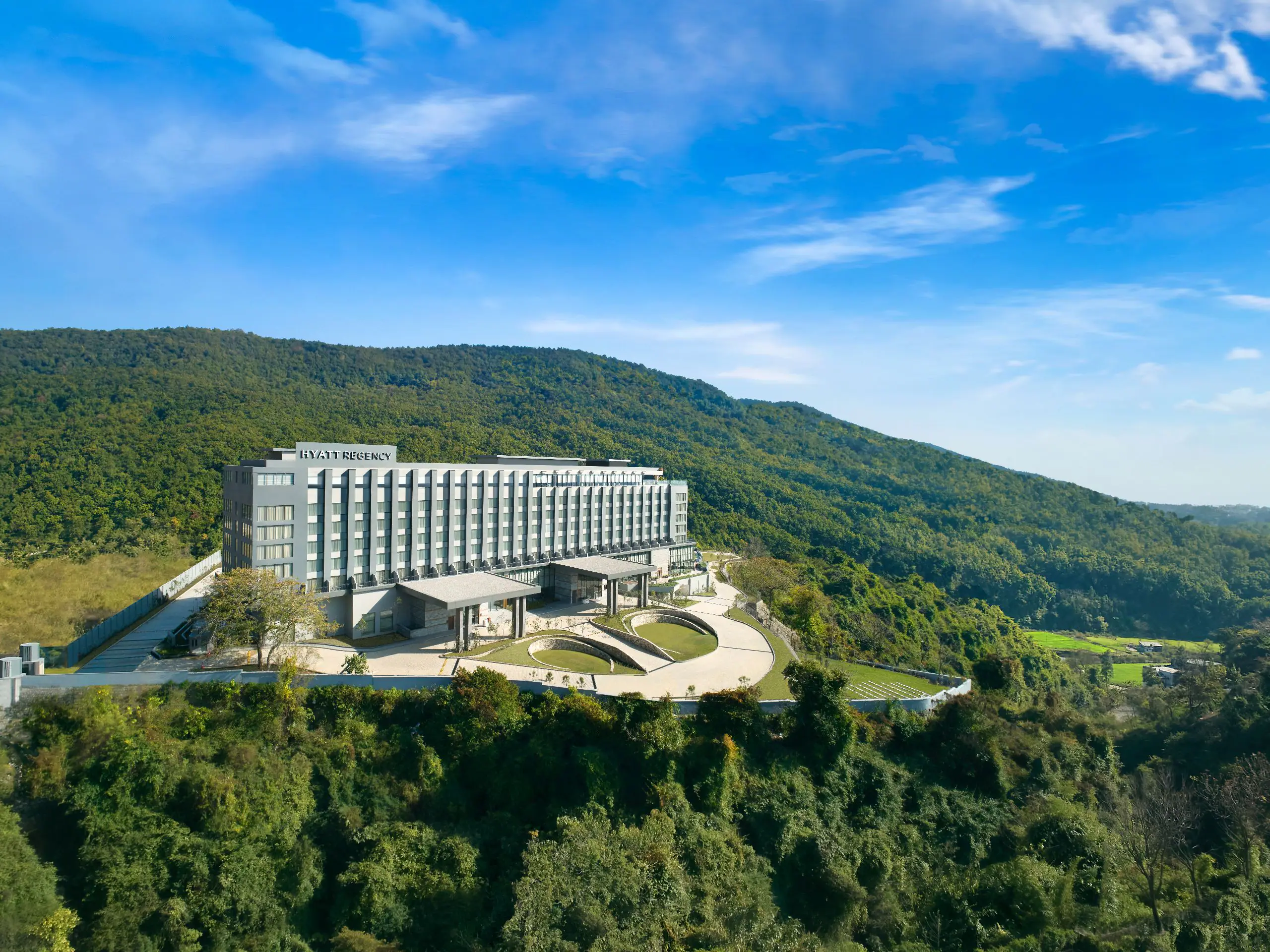 Hyatt Regency Dehradun
Hyatt Regency Dehradun Lemon Tree Hotel Dehradun
Lemon Tree Hotel Dehradun


